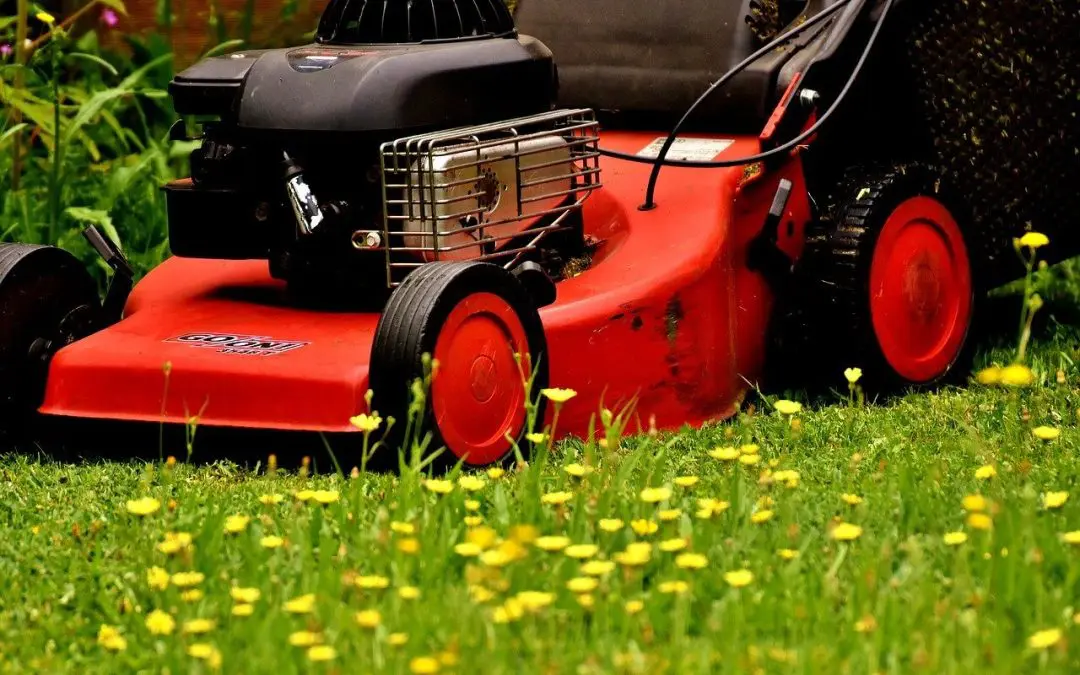Mowing your lawn might seem like a simple weekend chore, but doing it the right way can make a world of difference in the health and appearance of your grass. Proper mowing helps keep your lawn lush, prevents weeds, and ensures a vibrant green color throughout the growing season. If you’ve ever wondered how to get that perfect, well-manicured lawn, follow these tips to make sure you mow your lawn the right way.
Mow Your Lawn at the Right Height
One of the biggest mistakes people make is cutting their grass too short. While it might seem like a good idea to mow as low as possible to extend the time between cuts, this actually stresses the grass, weakens its roots, and makes it more susceptible to disease and drought. A good rule of thumb is to remove no more than one-third of the grass blade at a time. For most lawns, this means keeping the grass around 2.5 to 3.5 inches tall. Taller grass shades the soil, helps retain moisture, and prevents weeds from taking over.
Keep Your Mower Blades Sharp
Dull mower blades tear the grass rather than cutting it cleanly. This creates jagged edges that can turn brown and make your lawn look ragged. Worse yet, torn grass blades are more prone to disease. To avoid this, sharpen your mower blades at least a couple of times per season. If you notice uneven cuts or frayed grass tips, it’s time to sharpen them.
Change Up Your Mowing Pattern
Mowing in the same direction every time can cause soil compaction and make the grass lean in one direction, leading to a patchy, uneven appearance. Change your mowing pattern each time you mow to encourage healthy, upright growth. If you mowed north to south last time, try mowing east to west the next time. This simple change helps prevent ruts and keeps your lawn looking full and even.
Avoid Mowing When the Grass is Wet
Mowing wet grass is a bad idea for several reasons. Wet grass clumps together, clogging your mower and leaving behind unsightly clumps that can smother healthy grass. Additionally, cutting wet grass can lead to an uneven cut and increase the risk of spreading disease. If your lawn is damp from rain or morning dew, it’s best to wait until it dries before mowing.
Leave the Clippings (Most of the Time)
Grass clippings can actually benefit your lawn by returning valuable nutrients to the soil. This process, known as grasscycling, helps reduce the need for fertilizer and improves soil health. However, if your lawn is overgrown and you’re removing large amounts of clippings, it’s best to bag them to avoid suffocating the grass underneath.
Mow Your Lawn Regularly, but Not Too Often
How often you mow depends on the time of year and how fast your grass grows. During peak growing seasons (spring and early summer), you may need to mow once or twice a week. When growth slows down in hotter months, mowing every 10-14 days may be sufficient. The key is consistency—keeping your grass at a healthy height without letting it get too long between mowings.
By following these tips, you’ll keep your lawn looking its best all season long. Mowing might be a routine task, but doing it properly makes a big difference in the health and appearance of your yard. With the right approach, you’ll have a lush, green lawn that’s the envy of the neighborhood.
Edge and Trim for a Polished Look
A well-mowed lawn looks even better with clean edges. Using a string trimmer or edger along sidewalks, driveways, and flower beds can give your yard a crisp, finished appearance. This small step makes a big difference in your home’s overall curb appeal.
Frequently Asked Questions on How to Mow Your Lawn
How often should I mow my lawn?
It depends on the season and how fast your grass grows. In peak growing seasons, once or twice a week is ideal. When growth slows down, mowing every 10-14 days should be enough.
What is the best time of day to mow?
Early evening is the best time to mow because the heat of the day has passed, but there’s still enough sunlight for the grass to recover. Avoid mowing in the middle of the day when the sun is hottest, as this can stress the grass.
Why does my lawn look brown after I mow?
Brown tips could be a sign of dull mower blades tearing the grass instead of cutting it cleanly. Sharpen your blades regularly to keep your grass looking fresh and healthy.
HomeSpec offers inspection services to homebuyers and sellers in North Mississippi and Southwest Tennessee. Contact us to request an appointment.

